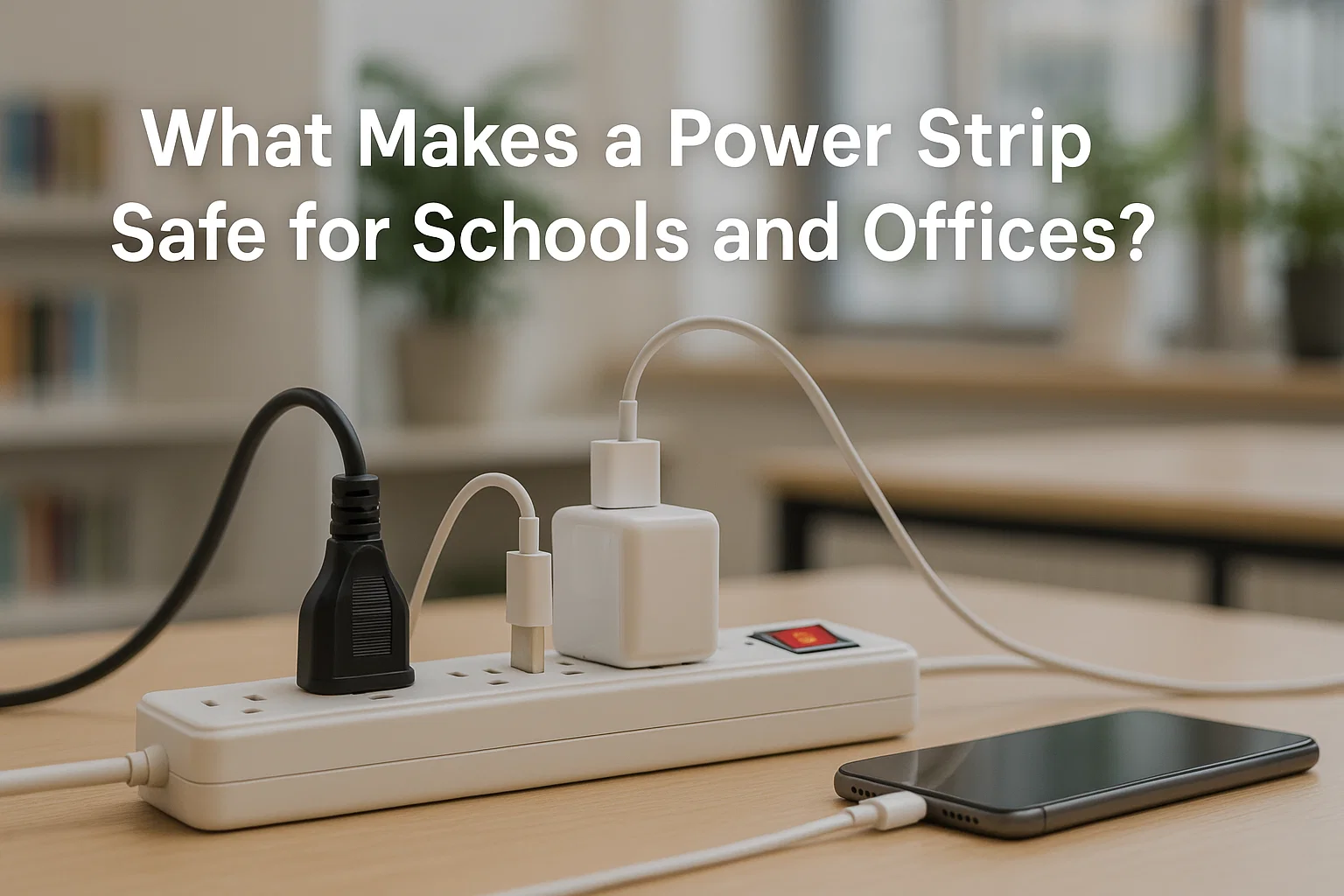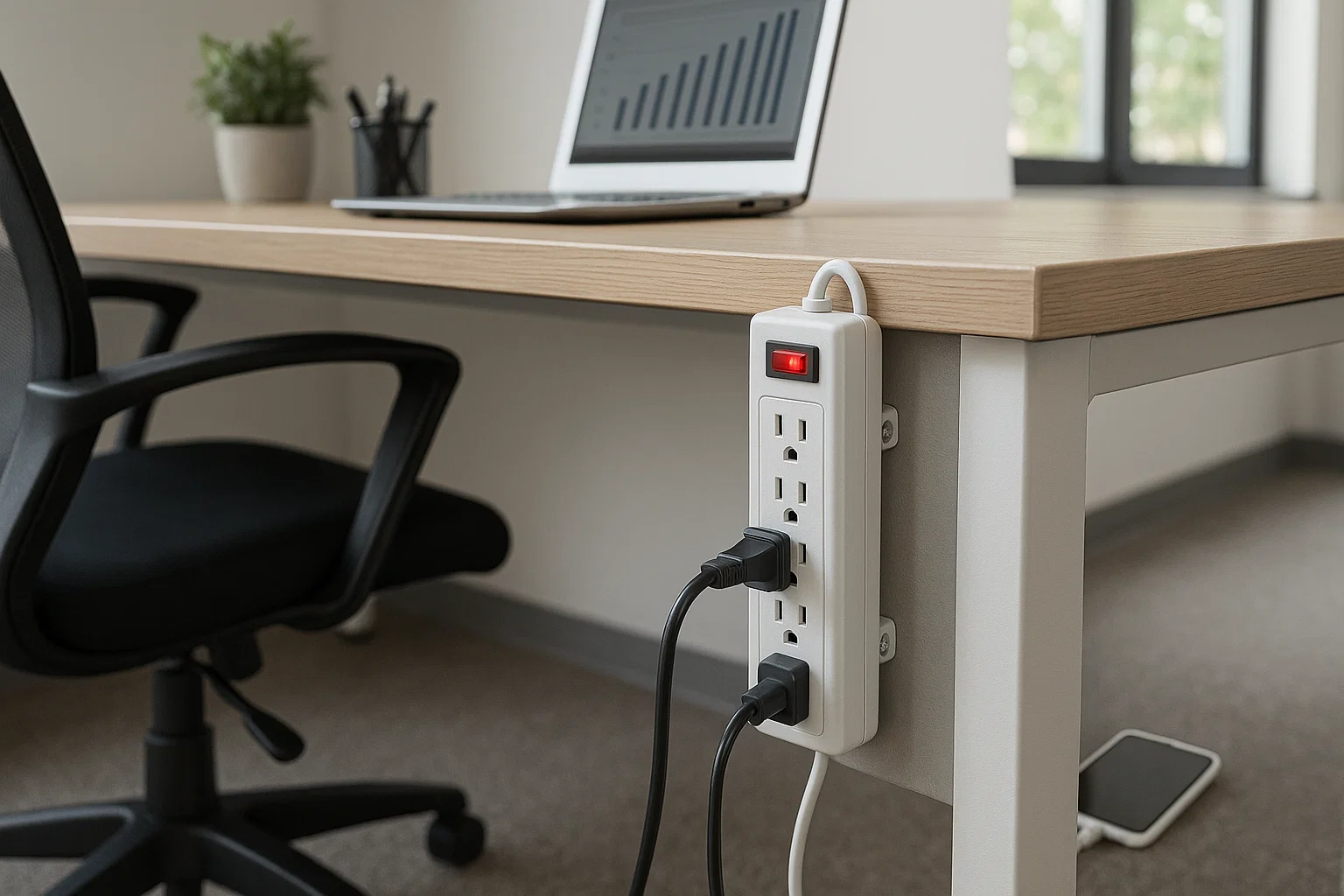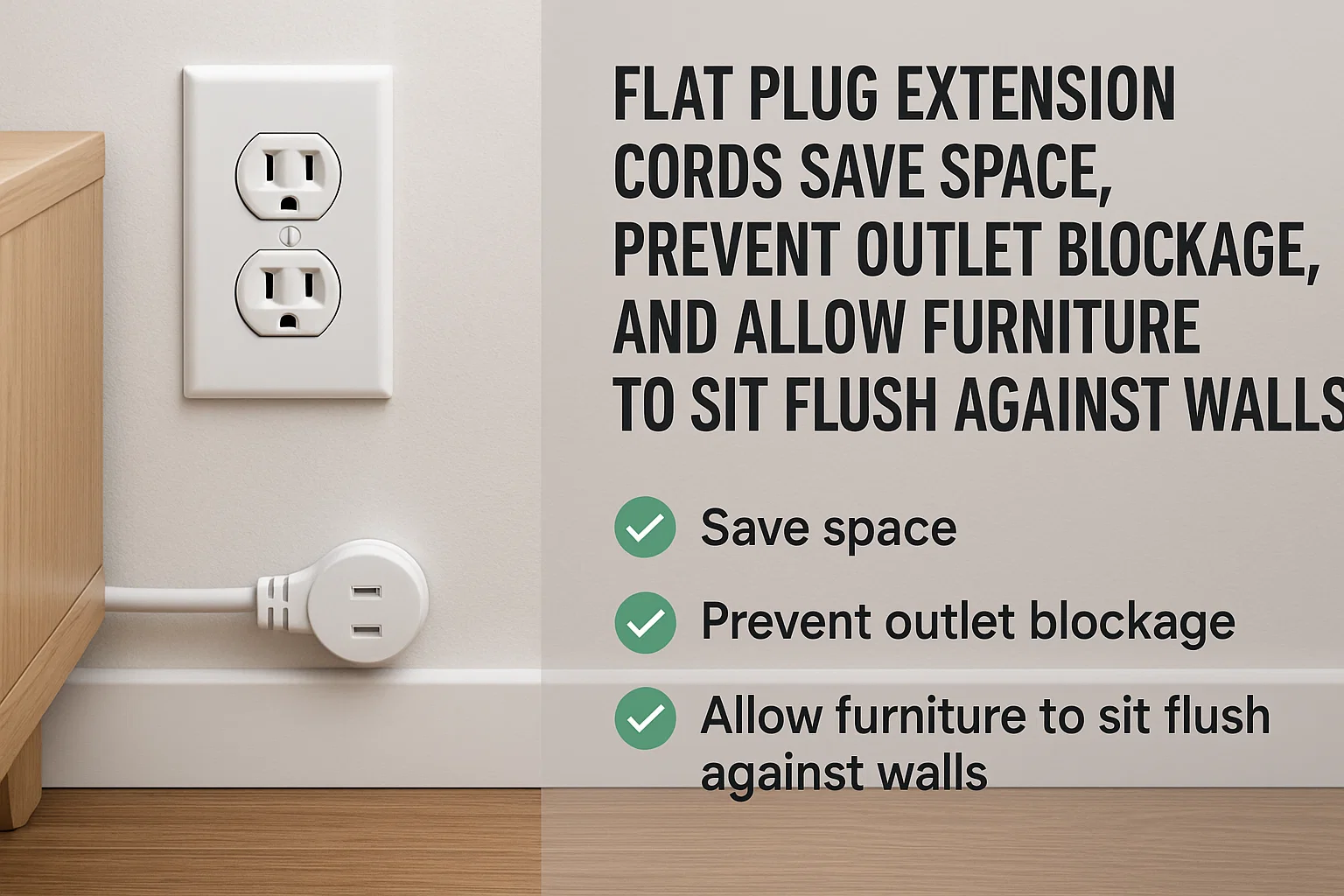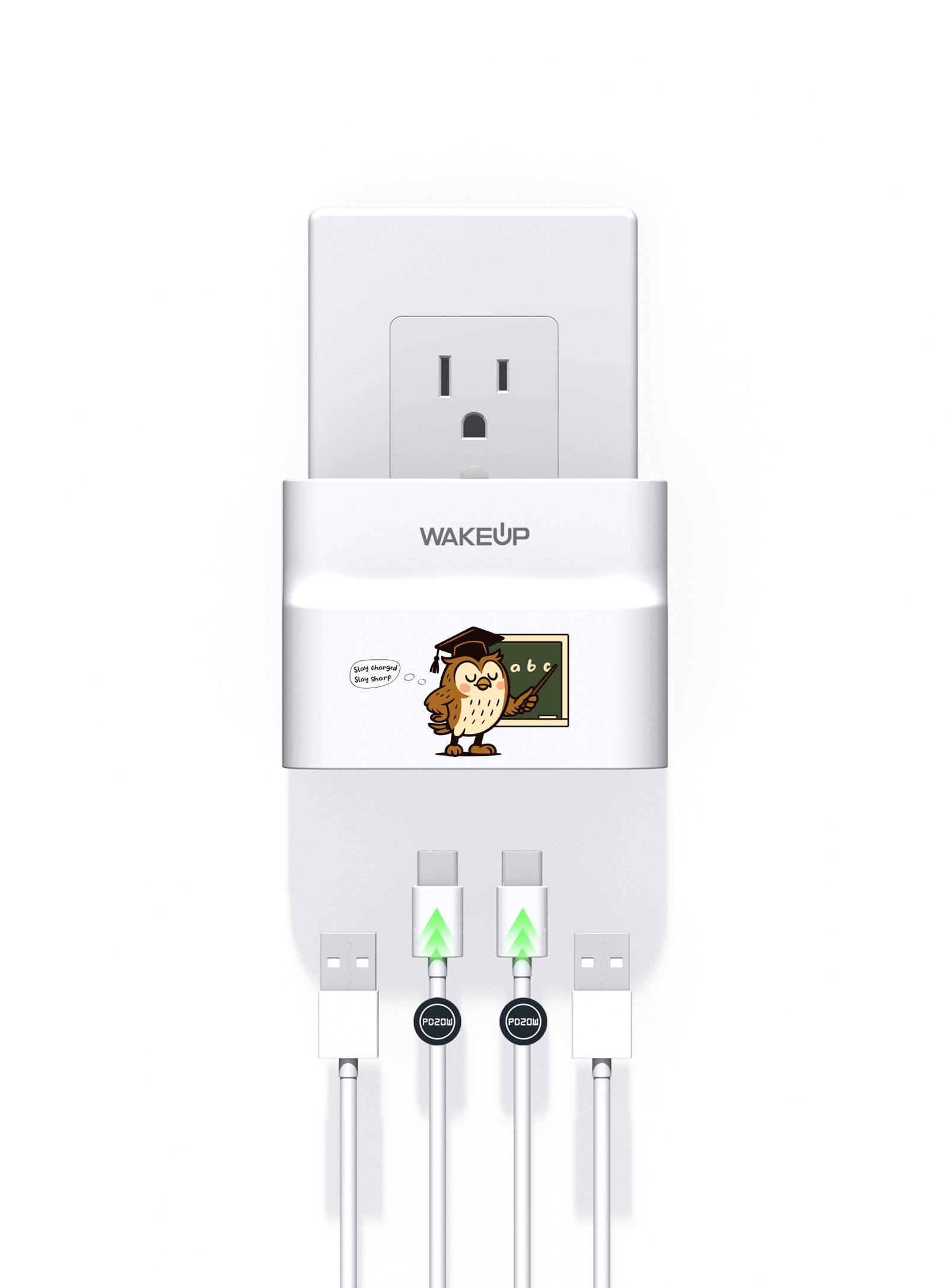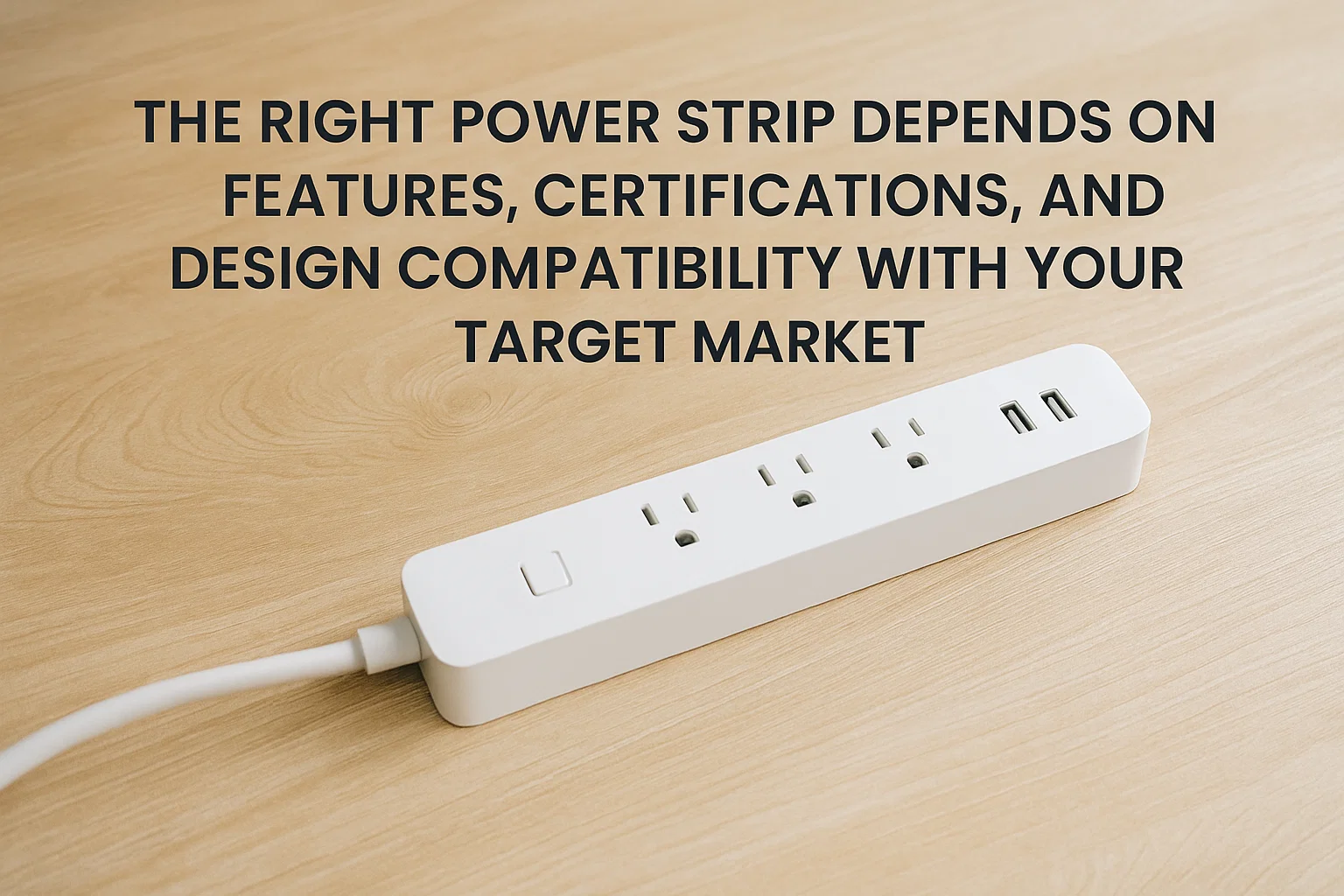Surges can spark disaster — surge protectors are your silent line of defense.
Surge protectors help prevent electrical fires by blocking or redirecting excess voltage from power surges.
But not all surge protectors are equal. Let’s break down what actually makes them effective.
How Do Surge Protectors Work to Prevent Fires?
Fires start with heat — surge protectors stop excess energy before it becomes dangerous.
A surge protector diverts high voltage away from your devices and into the ground.
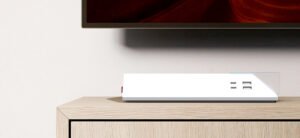
The Role of MOVs and Grounding
Most surge protectors use Metal Oxide Varistors (MOVs). These components detect voltage spikes and absorb them. Once the spike is handled, normal flow resumes. This process takes milliseconds but can prevent overloads that ignite fires.
I once had a buyer from the U.S. who insisted on using standard extension cords without surge protection. After a fire caused by a short-circuited fan motor, they switched to surge-protected models — and have used our certified versions ever since.
Surge Components and Functions
| Component | Function | Fire Prevention Role |
|---|---|---|
| MOV | Absorbs voltage spikes | Reduces overheating |
| Thermal fuse | Disconnects when MOV overheats | Stops electrical ignition |
| Ground wire | Diverts excess current safely | Prevents arcing or sparks |
A quality surge protector is a multi-layer shield — not just a plug with a switch.
What Kind of Surges Can Start Fires?
It's not just lightning — everyday events can spark trouble.
Surges caused by appliances, grid switching, or lightning can overheat devices and wires.
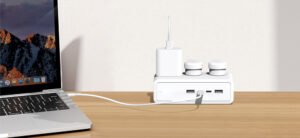
Common Surge Triggers
Surges happen more often than you think. When heavy machines like air conditioners cycle on, they create micro-surges. If these stack up or hit sensitive components, they may burn internal circuits.
One of our distributors in Canada experienced surge-related failures during a regional blackout. Their devices fried overnight — no fire, but full system replacement. After that, they sourced ETL-certified surge protectors from us for all product lines.
Surge Sources and Risks
| Source | Surge Size | Fire Risk Without Protection |
|---|---|---|
| Lightning strike | Very High | Severe |
| AC or fridge motor | Medium | Moderate |
| Grid switching | Medium-High | High |
| Faulty wiring | Irregular | High |
Even low-level surges, if frequent, create heat and stress. That’s when a fire risk builds up.
Are All Surge Protectors Equally Safe?
No — some are just fancy extension cords.
Only certified surge protectors with thermal fuses and high joule ratings offer fire protection.
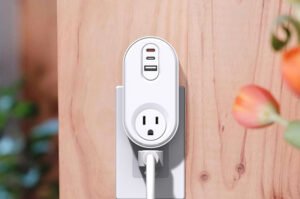
Not All Strips Are Created Equal
Some power strips are mislabeled or offer minimal protection. Others include real surge components but lack thermal protection, which is critical for stopping fires if the MOV fails.
Look for these standards when sourcing:
- ETL / cETL listed (for North America)
- Joule rating above 450J
- Built-in thermal fuse
- Indicator light for protection status
How to Identify Safe Models
| Feature | Good Protector | Poor/Unsafe Product |
|---|---|---|
| Certification | ETL/cETL/UL Listed | None or "CE only" |
| Joule Rating | 450J to 2450J+ | Below 300J |
| Protection Light | Yes | No indicator |
| Fuse or Circuit | Thermal + Breaker | No reset or fails silently |
At Wakeup, we manufacture surge protectors ranging from 450J to 2450J. For high-load environments or sensitive electronics, we always recommend models with a thermal fuse and status light.
What Are the Limitations of Surge Protectors?
They’re powerful — but not invincible.
Surge protectors don’t stop all fires, especially those caused by poor wiring, overloading, or physical damage.
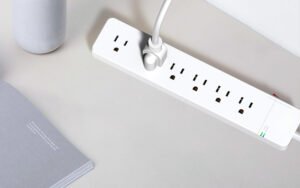
Knowing When Surge Protection Isn't Enough
If your device or wall socket is already faulty, no protector can fix that. Also, if the surge is too strong — like a direct lightning hit — the protector may sacrifice itself but still allow damage.
This is why it’s essential to combine surge protectors with:
- Regular wiring checks
- Load balancing (don’t overload the strip)
- Safe installation away from heat sources
I always tell clients: Surge protection is step one, not the final solution. Fires often come from multiple failures. Use good products, follow usage limits, and inspect regularly.
When to Replace Surge Protectors
| Sign of Wear | Action Needed |
|---|---|
| No protection light | Replace immediately |
| Melted housing | Stop using now |
| Frequent power cuts | Inspect wiring |
| Over 3 years of use | Replace as a rule |
We include clear expiration guidance on our packaging and datasheets. Our goal is not just to sell — it's to make sure your brand is safe in every home or office where our product lands.
Conclusion
Surge protectors reduce fire risk, but only when properly rated, installed, and maintained.


